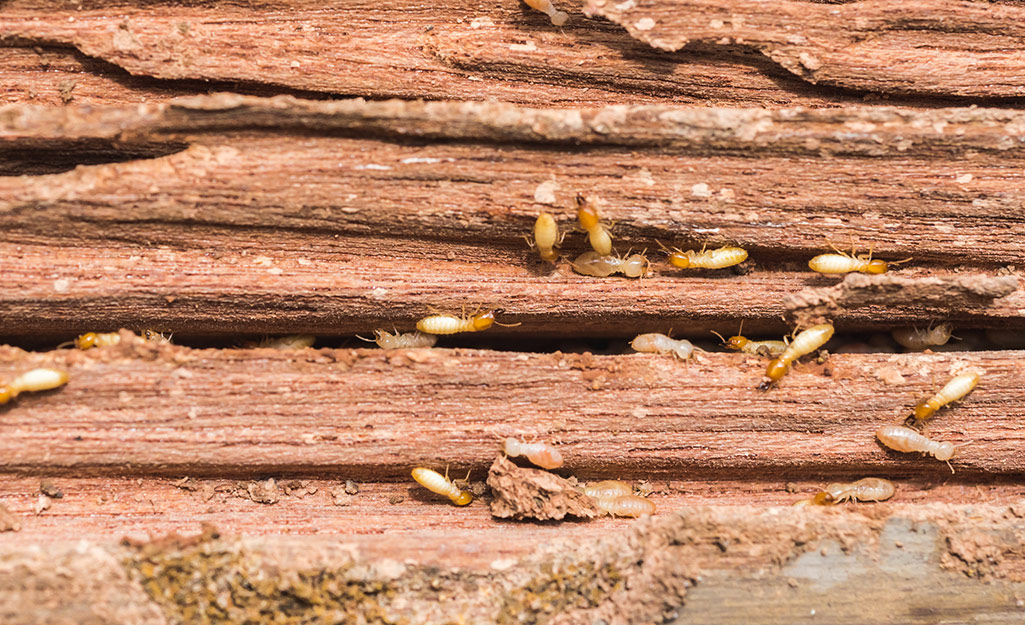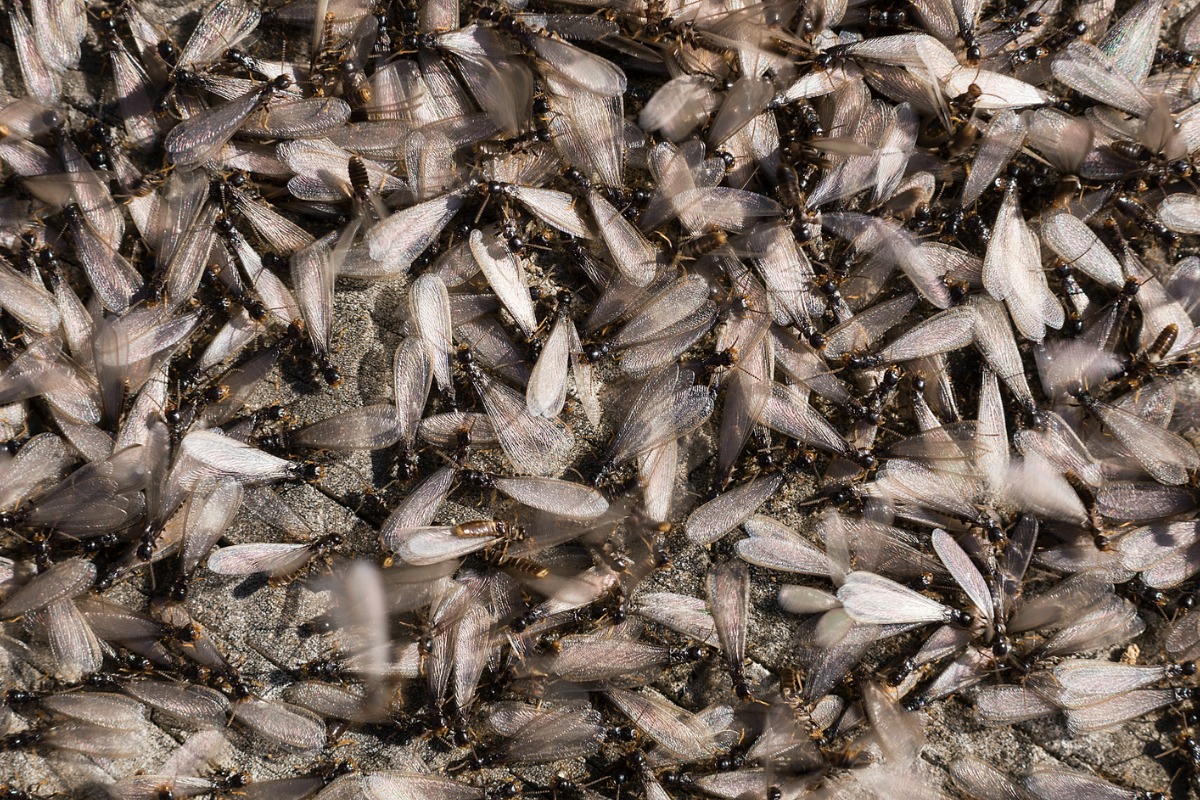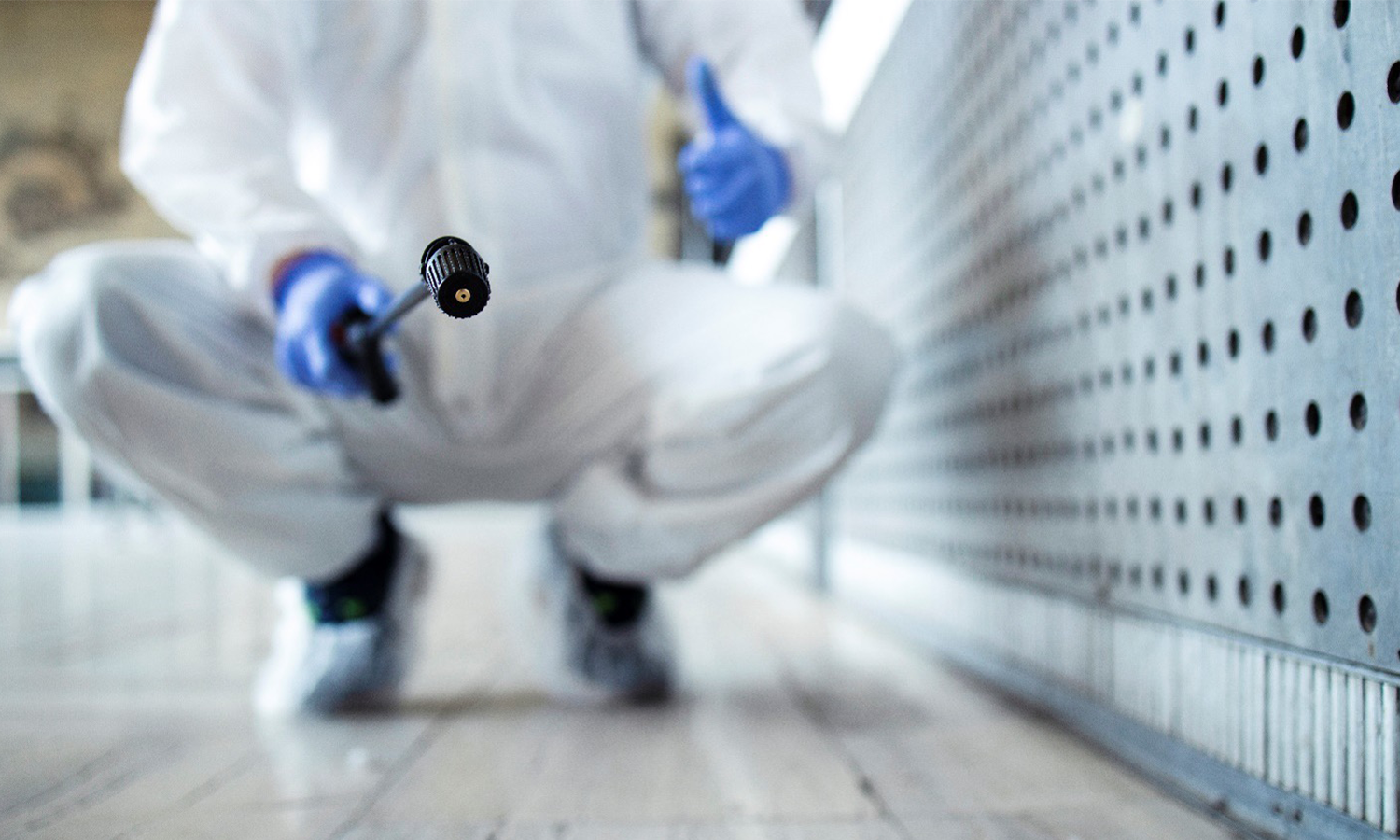Welcome to the inaugural pest blog of DeAngelo Pest Control.
We are a family owned and locally operated pest control company in northeastern Pennsylvania. Our mission is to provide customers with fast, friendly and extraordinary pest control service. We offer award winning customer service at affordable prices.
The month of March is here and with that comes the beginning of the spring season. A season of hope, growth, renewal and new life. For most, it’s their favorite time of year, with that said, this seemed like the perfect time to launch our online presence. Here you will find information on all of our services, pest facts, how to contact us and how to make your life pest free.
For most, the spring season is the best time of year. It signifies the dark days of winter are over and the beginning of warm weather, sunshine and outdoor fun is beginning.. It also means that the bugs are back and ready to invade your home or business. One of the most feared warm weather bugs, termites, use spring as their time to emerge and let the world know that they are ready to reproduce, forage and eat your most valued possession, your home.
Each spring, as temperatures rise, subterranean termite colonies wake up and make their way to the surface. Swarming in the spring air, these termites look for a mate and look to create more termites to join in their quest to devour wood and wreak havoc in the lives of unsuspecting property owners. Annually, termites cause billions of dollars of structural damage to homes and buildings. Often left unnoticed, these termites tirelessly work at consuming the wood in your home. Day and night these tenacious little insects have one goal, eat the wood.
In this part of the country the majority of termites are eastern subterranean termites or reticulitermes flavipes. These termites are the most common and live in large colonies numbering between 100,000 and 1,000,000. They can forage up to 150 feet searching for food (wood) to feed their colony. Which means one colony can feed on multiple structures. Colonies are made up of three castes; worker, soldier and reproductive . Each caste has their own purpose and each caste plays a vital role in sustaining the life and health of the colony.

Workers
Workers are about 3 mm long and are blind, wingless, soft-bodied, creamy white to grayish-white with a round head. They make up the majority of the termites that actually eat the wood. They are sterile and forage for food and water, construct and repair shelter tubes, feed and groom other termites, care for eggs and young, and participate in colony defense.
Soldiers
Soldier termites are also wingless and resemble workers except that they have a large, rectangular, yellowish-brown head with long black mandibles. The soldiers’ primary function is colony defense and the mandibles are mainly used for crushing enemy ants which may invade the colony.
Reproductives
Immature termites (swarmers) on the sexual, or reproductive, line are called nymphs and can be distinguished from workers by the presence of wings. Under natural conditions, the work that they do in the nest is negligible compared to that done by workers. They can feed themselves, but there is debate over how long they retain this ability.
Sometimes called Alates, these winged sexually mature adults are capable of dispersal and outbreeding. They are 8.5-10mm in length to the tips of their wings. Alates always develop from nymphs, with the last stage characterized by two sets of equal length wings. After leaving their nests and swarming, male and female alates pair, shed their wings, begin excavating a new nest, and mate. From this point onward, they are called kings and queens.





